The winners of the 2024 Ignatz Awards were revealed over the Small Press Expo weekend, and Saito Nazuna’s Offshore Lightning manga came out on top of the Outstanding Collection category. The manga was up against Guido Buzzelli’s Buzzelli Collected Works Vol. 1: The Labyrinth, November Garcia’s Complete and Utter Malarkey and Gigi Murakami’s Resenter.Winners this year include:
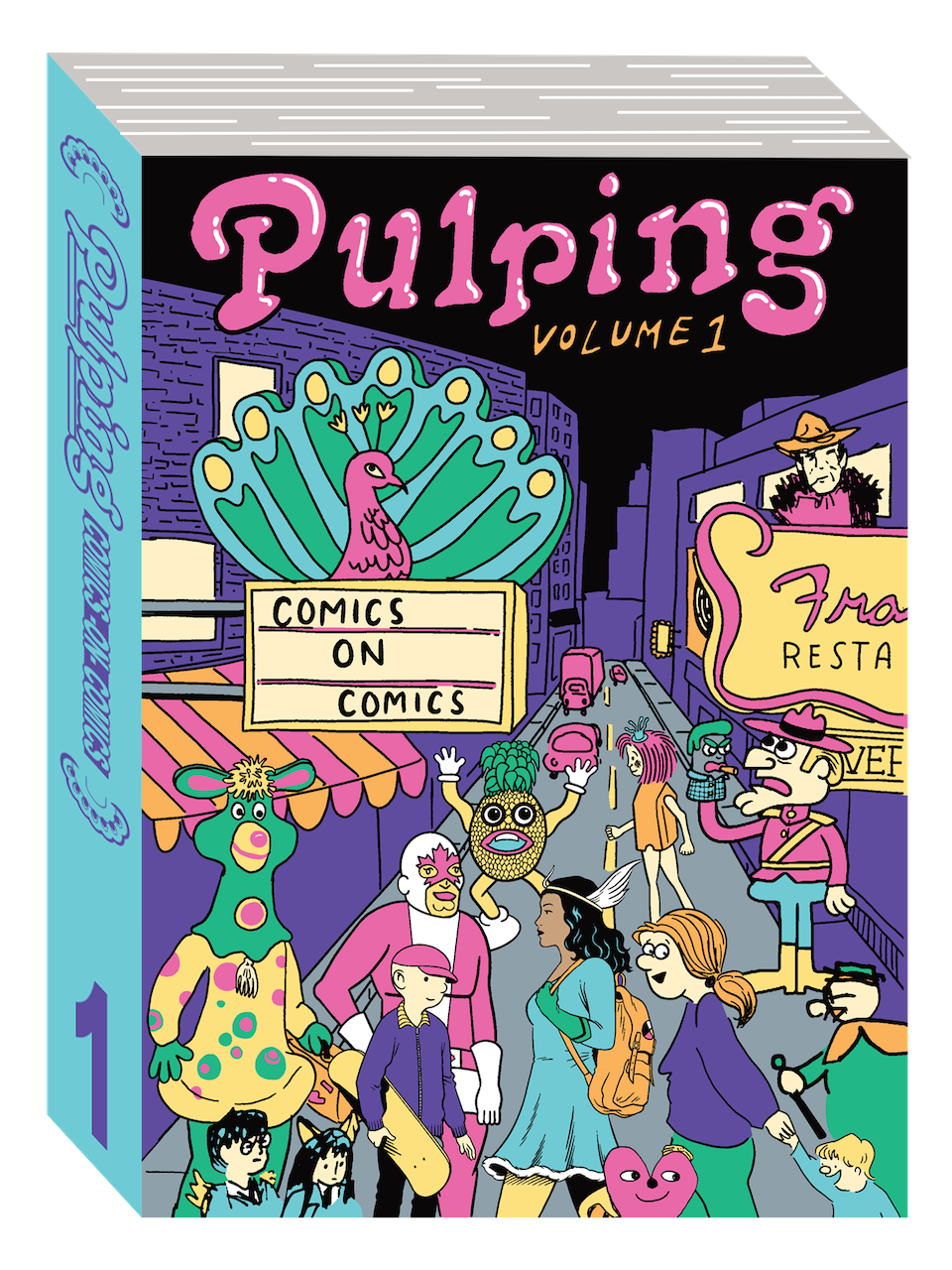
Outstanding Anthology
Pulping
Jenn Woodall, Jon Iñaki, Jonathan Rotsztain, Mitch Lohmeier and Paterson Hodgson, ed.
Pulping Collective
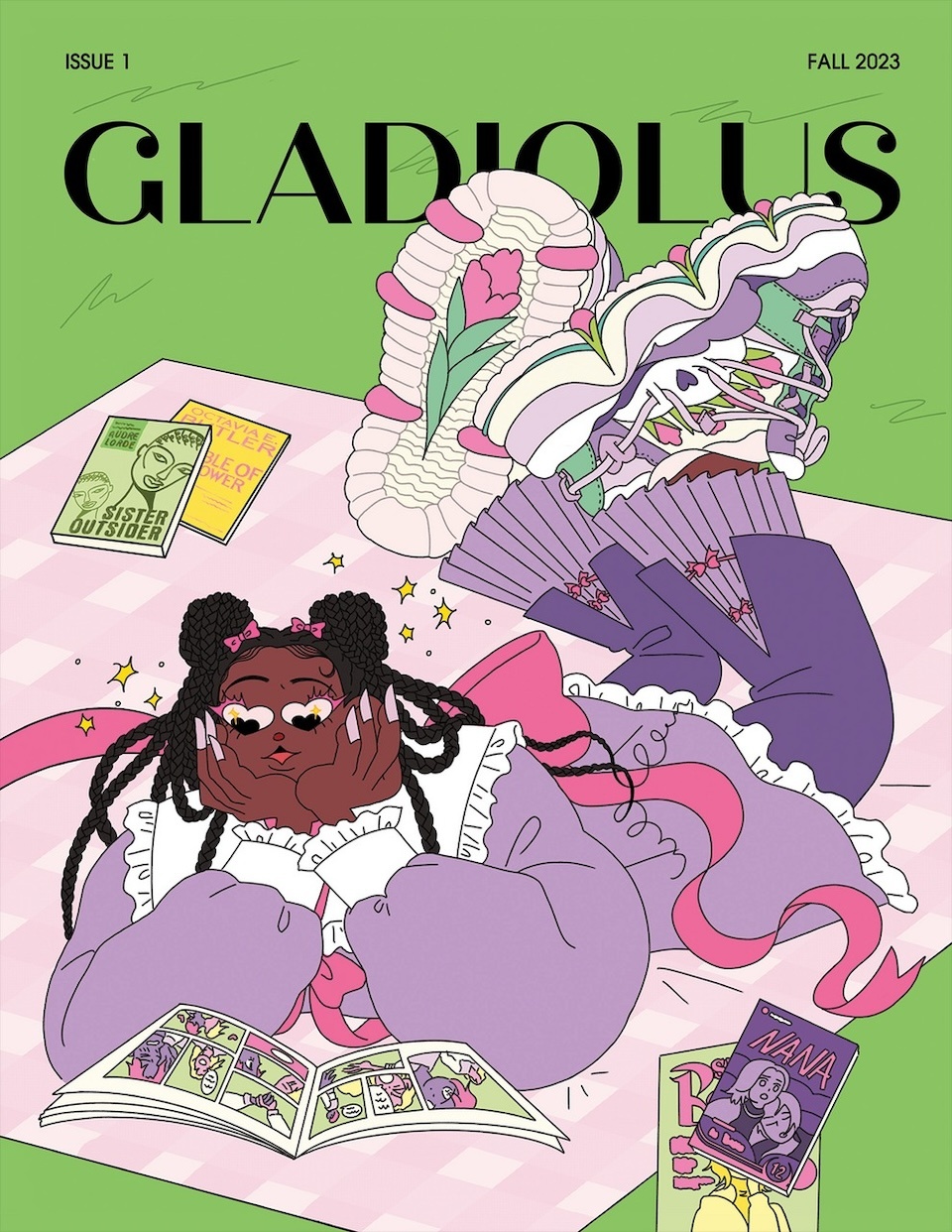
Outstanding Artist
“Night Fever” (from Gladiolus Magazine #1)
Robyn Smith
Black Josei Press
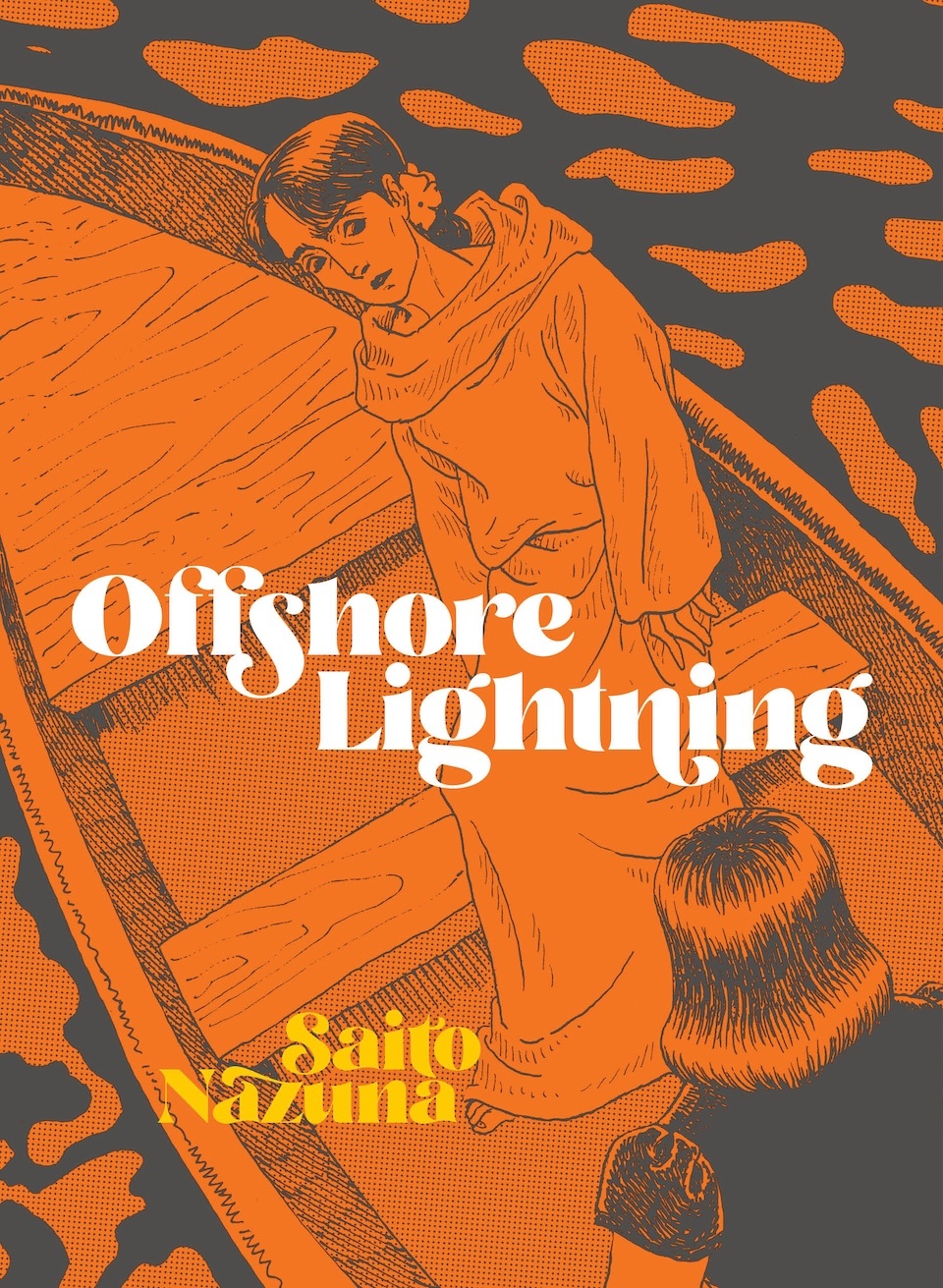
Outstanding Collection
Offshore Lightning
Saito Nazuna, translated by Alexa Frank
Drawn & Quarterly
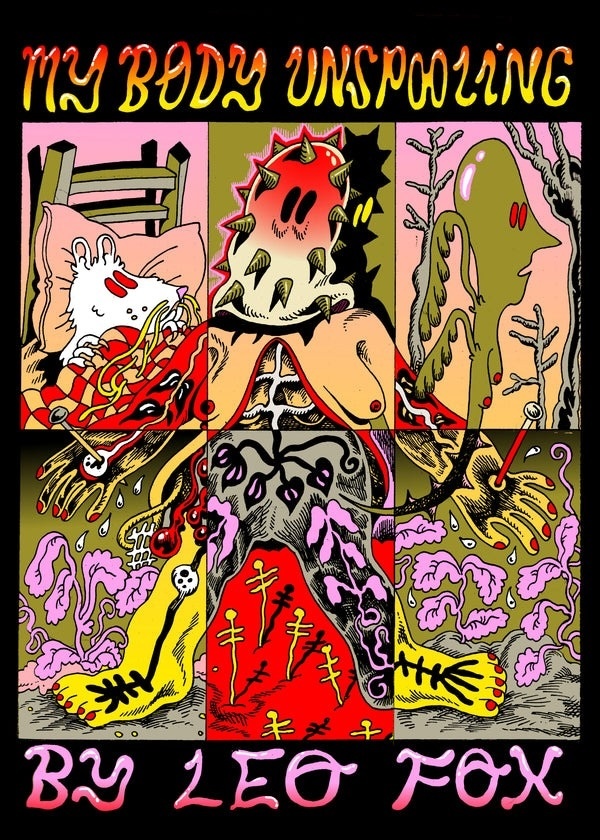
Outstanding Comic
My Body Unspooling
Leo Fox
Silver Sprocket
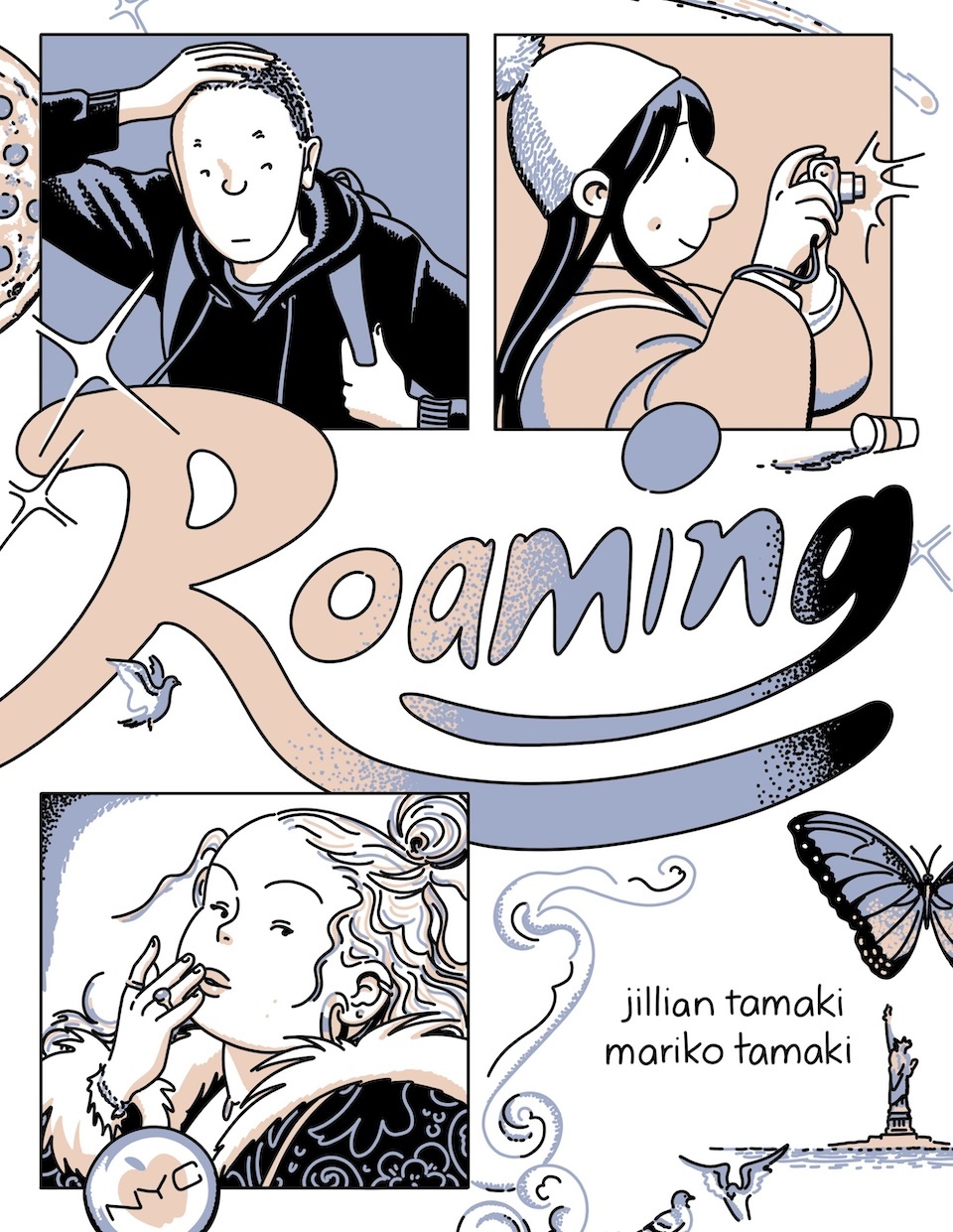
Outstanding Graphic Novel
Roaming
Jillian Tamaki & Mariko Tamaki
Drawn & Quarterly
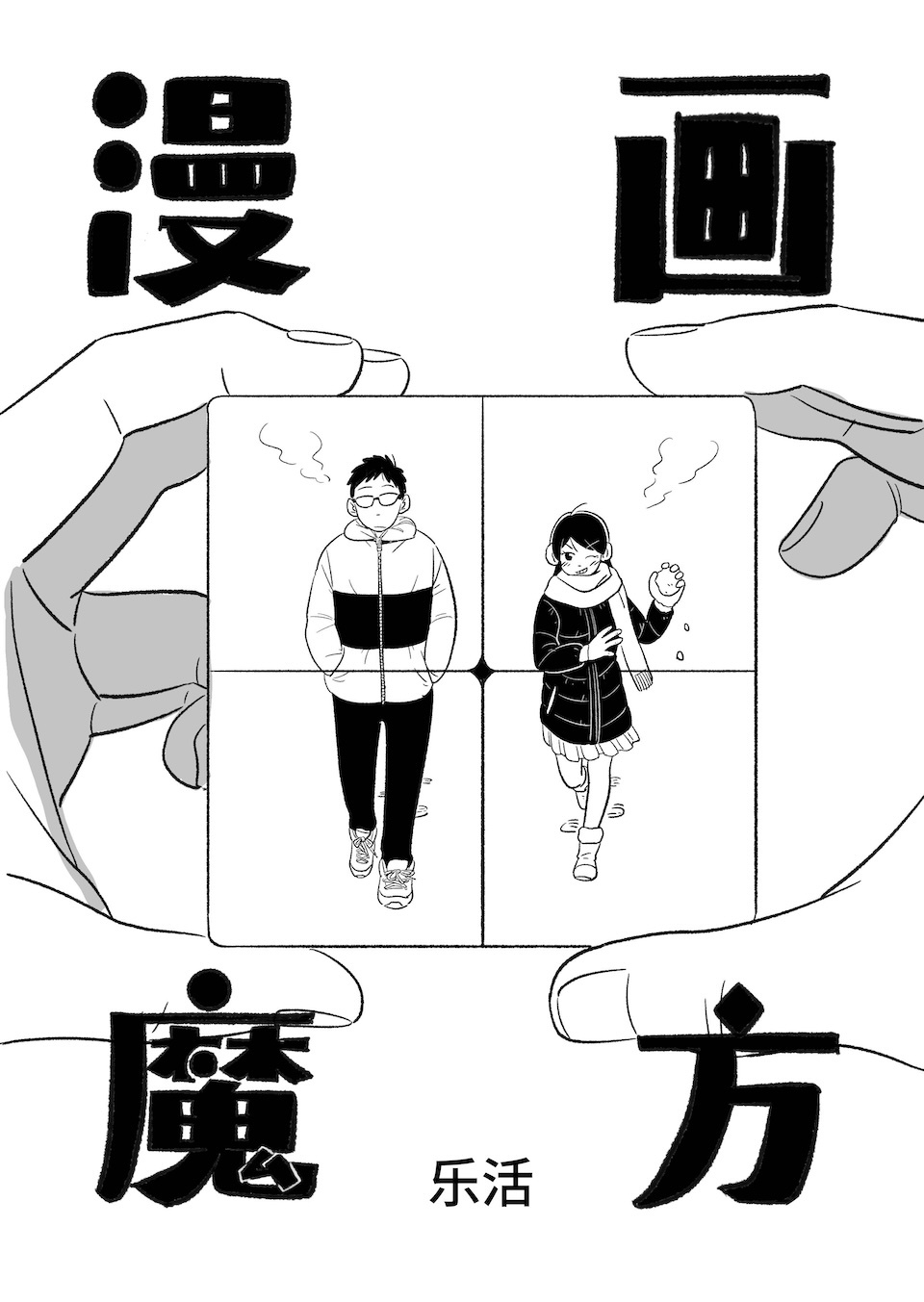
Outstanding Minicomic
Manga Cube
Yuan Song
Self-Published
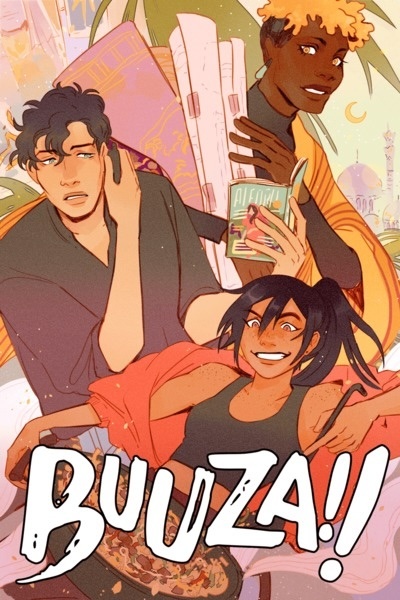
Outstanding Online Comic
Buuza!!
Shazleen Khan
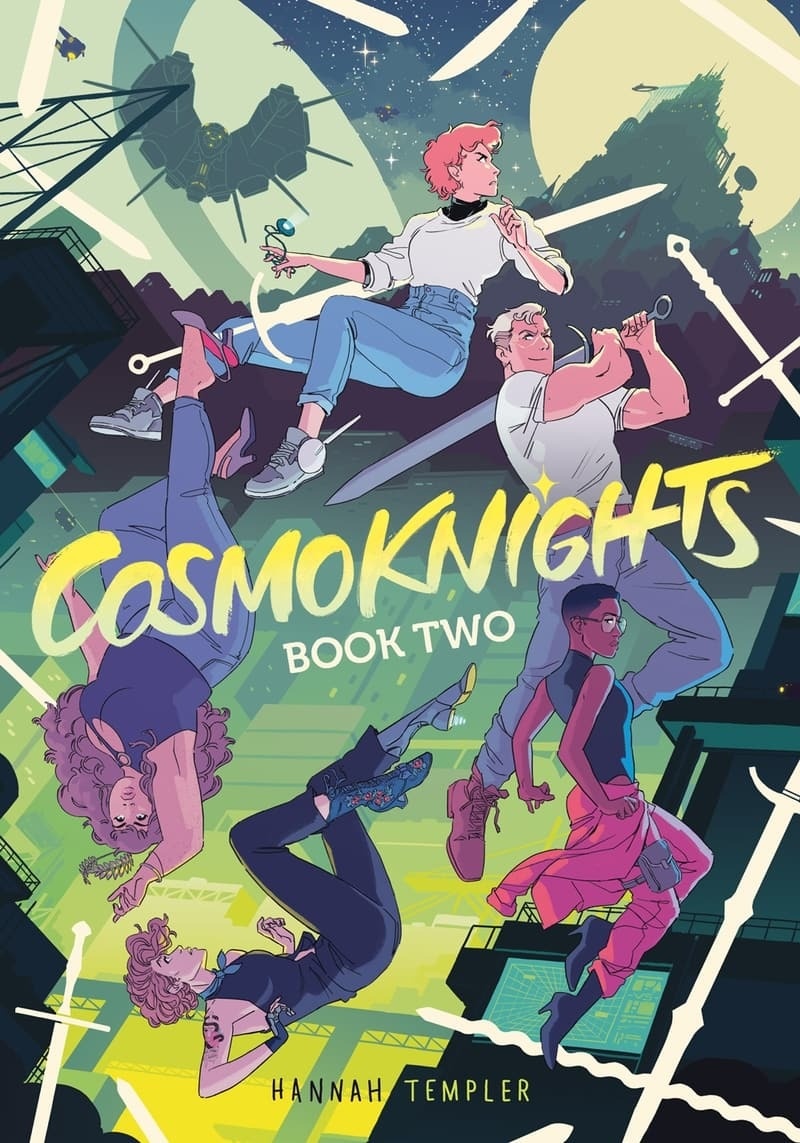
Outstanding Series
CosmoKnights
Hannah Templer
Top Shelf Productions
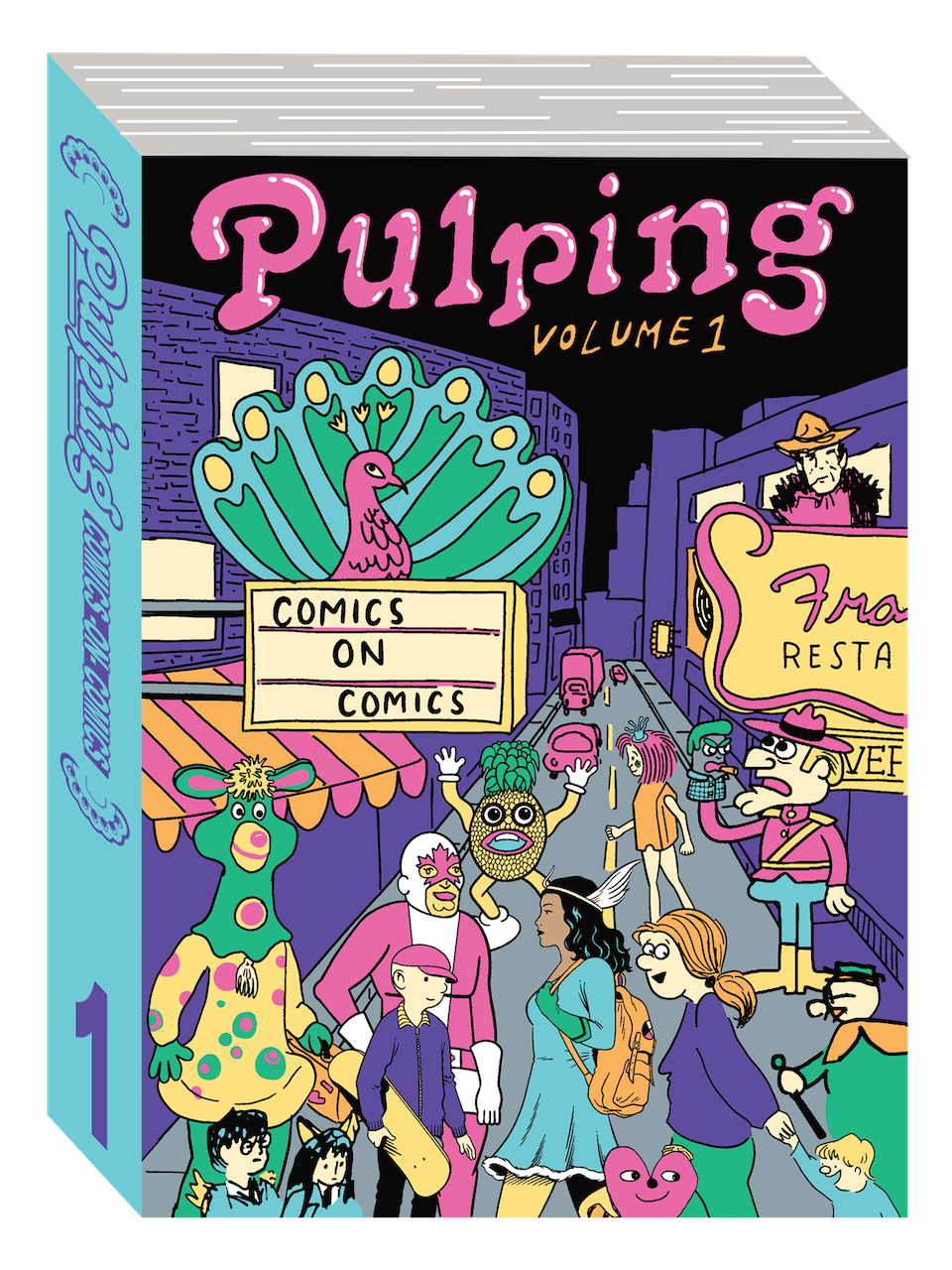
Outstanding Story
“The Happy Art” (from Pulping)
Sami Alwani
Pulping Collective
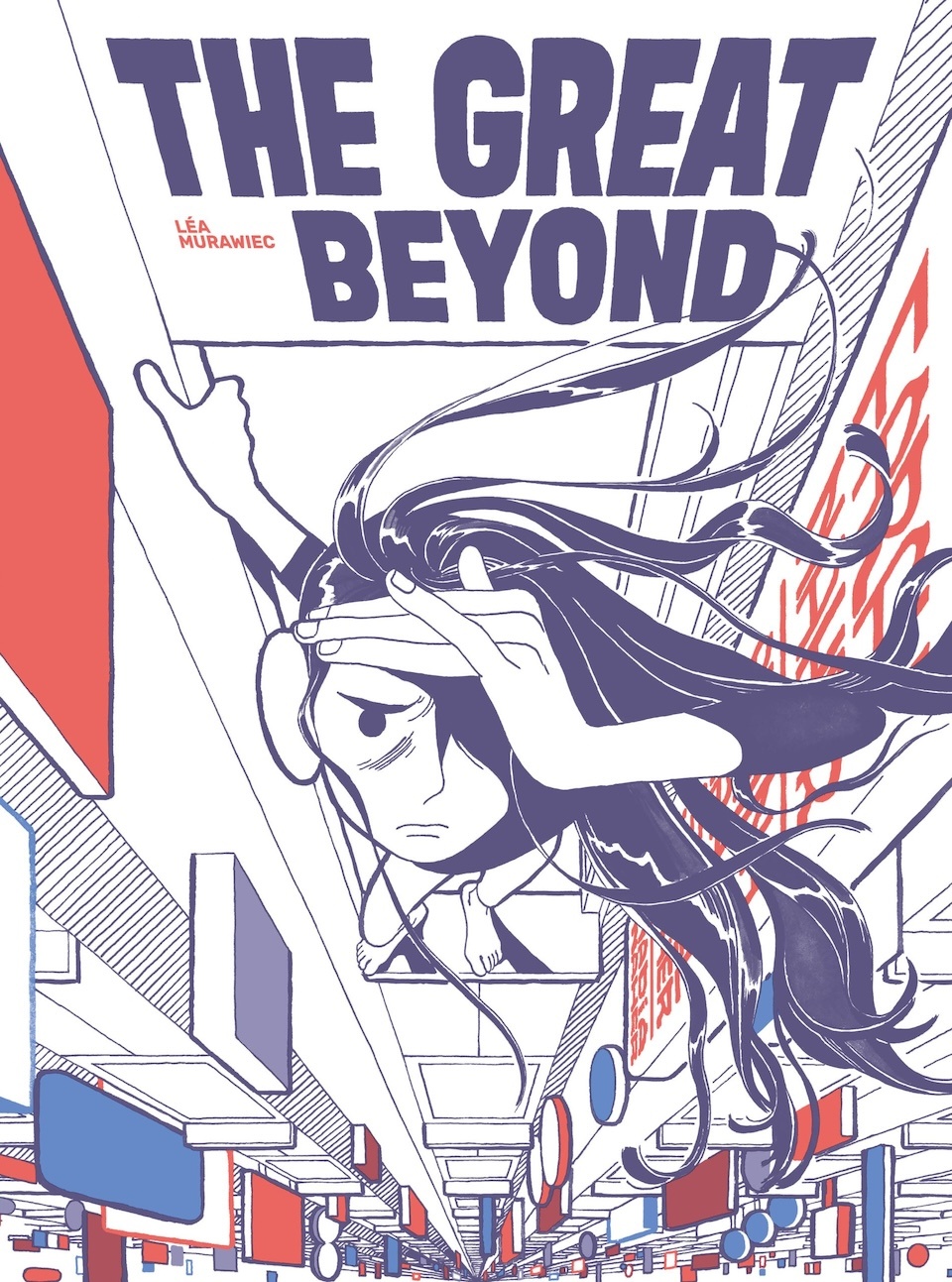
Promising New Talent
The Great Beyond
Léa Murawiec
Drawn & Quarterly
Here’s how Drawn & Quarterly describes Offshore Lightning and author Saito Nazuna:
Nazuna Saito began making comics late. She was in her forties when she submitted a story to a major Japanese publishing house and won an award for newcomers. She continued to work through the 1990s until she stopped drawing to take care of her ailing parents. In her sixties, she took a job teaching drawing at Kyoto Seika University and became inspired by her talented students. When she returned to teaching, her storytelling interests had shifted. Before suffering a stroke she drew “In Captivity” (2012) and “Solitary Death Building” (2015)—both focused on aging and death. Offshore Lightning collects Saito’s early work as well as these two recent graphic novellas.Stories like “Buy Dog Food and Go Home” and “Offshore Lightning” focus on middle-aged men caught in a cycle of self pity and self reflection. Saito gently pokes fun at their anguish and self-involvement while capturing the pathos of these men as they revisit childhood friendships and lost loves. By contrast, “In Captivity” follows three siblings visiting their ailing mother who is succumbing to dementia and resentful at her loss of agency. The siblings take a drive as they reckon with balancing the painful legacy of her caustic personality with attempting to honor this woman at the end of her life. “Solitary Death Building” documents an eccentric cast of elderly gossips as death descends upon the housing complex where they all live.
Source: Small Press Expo

